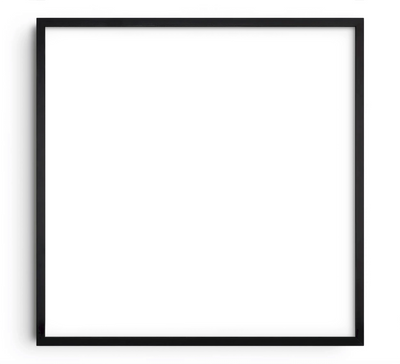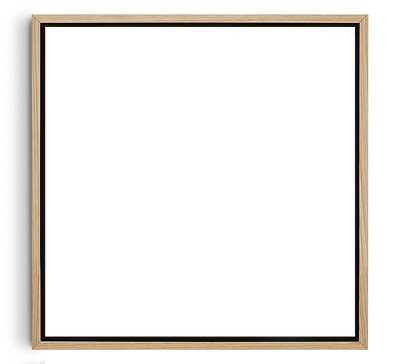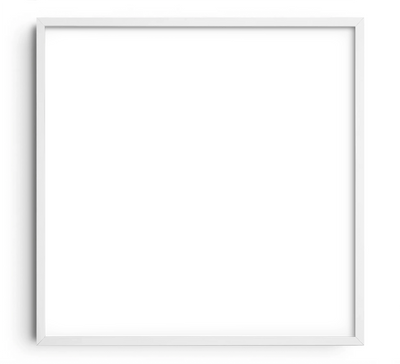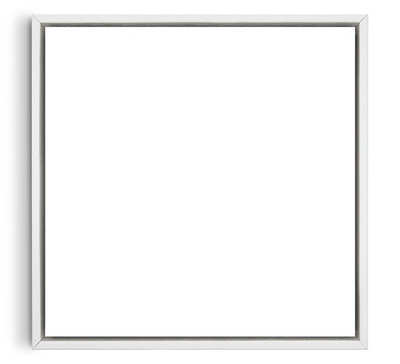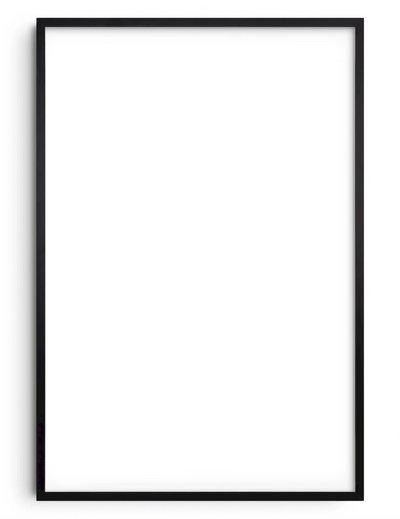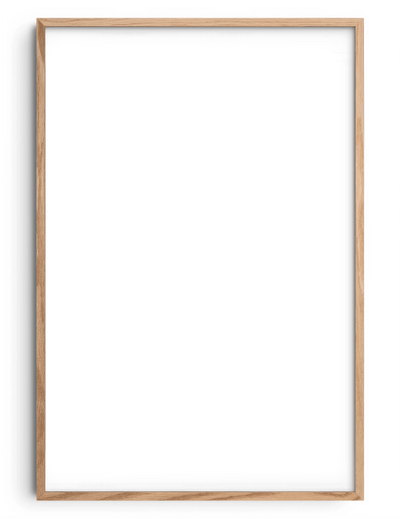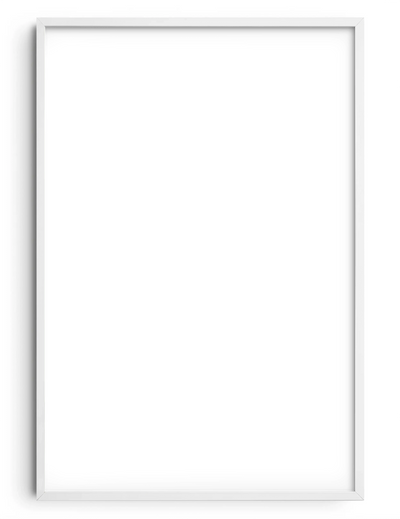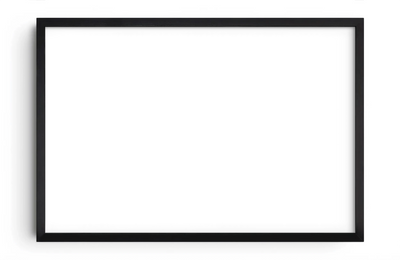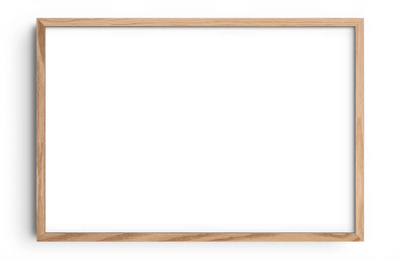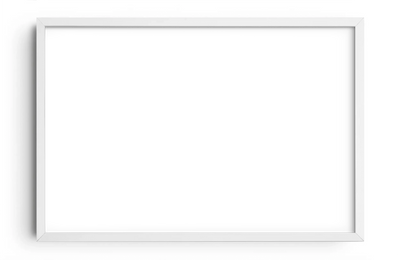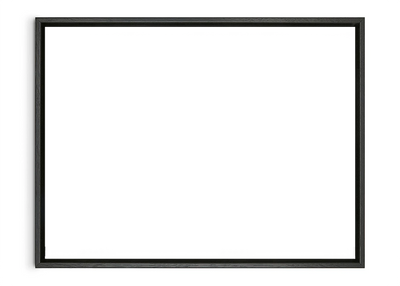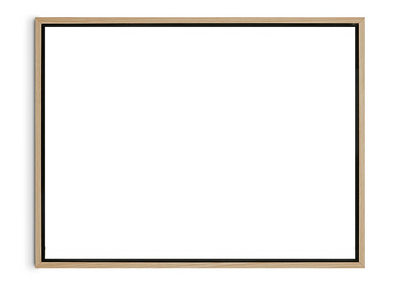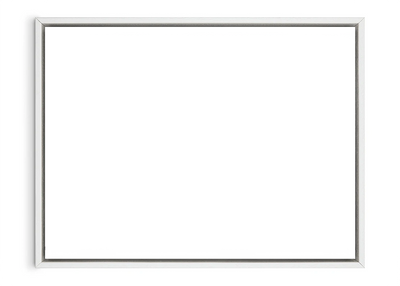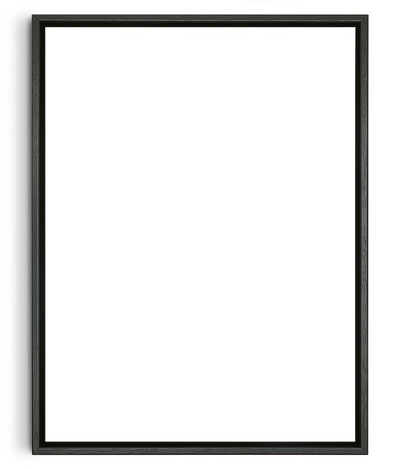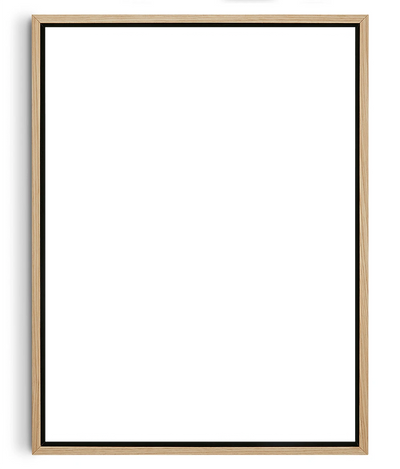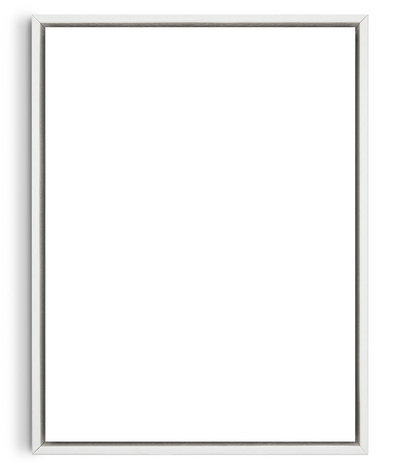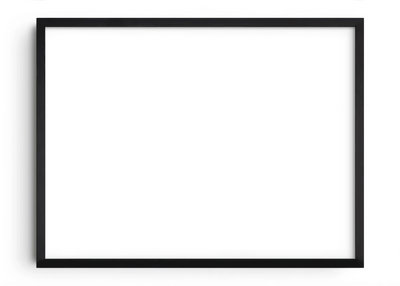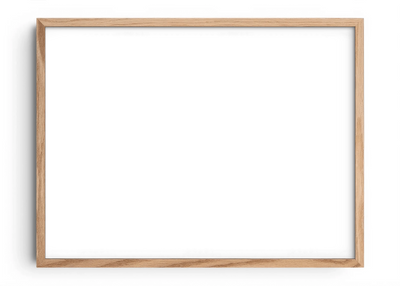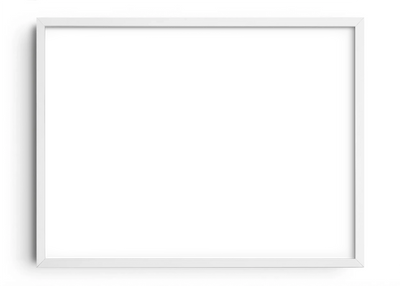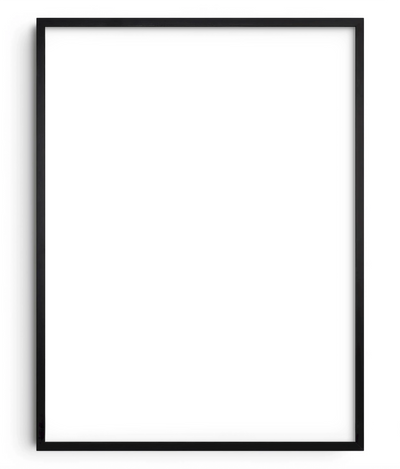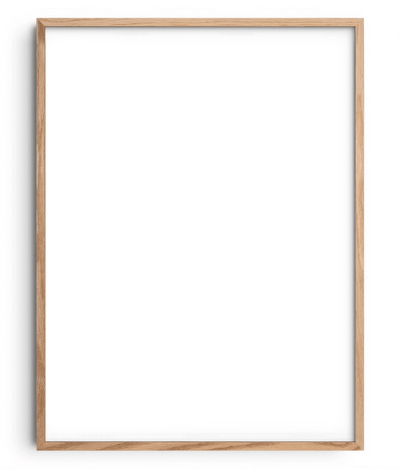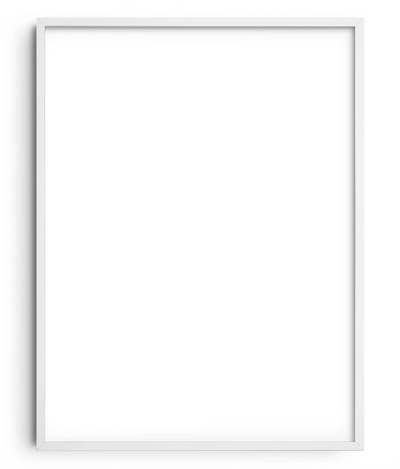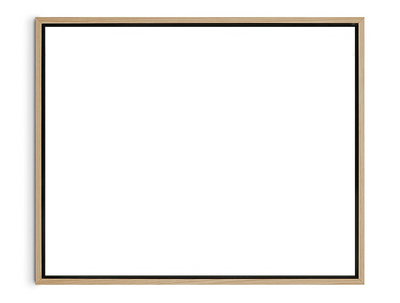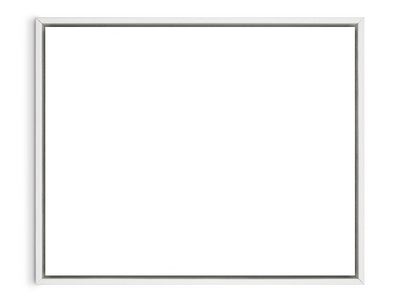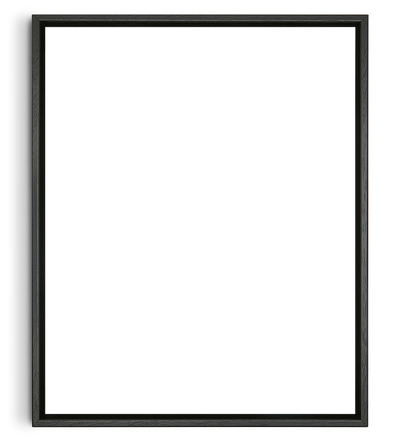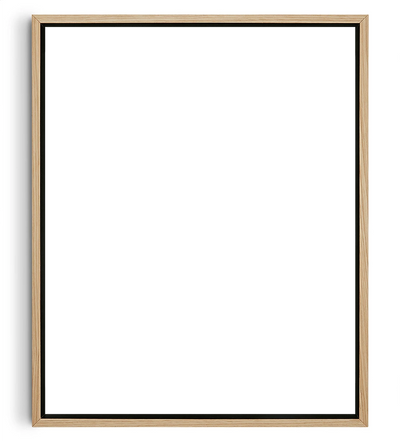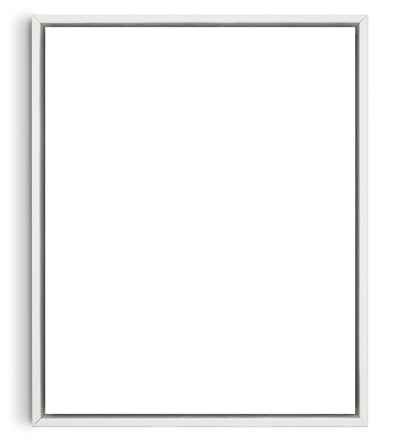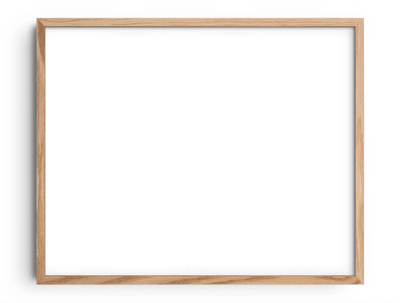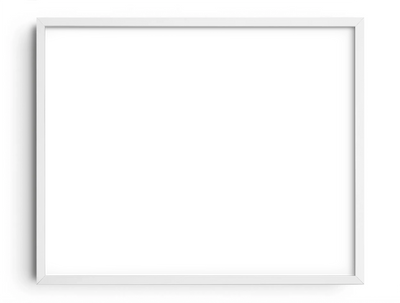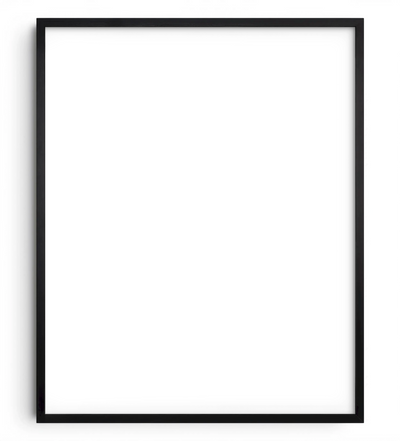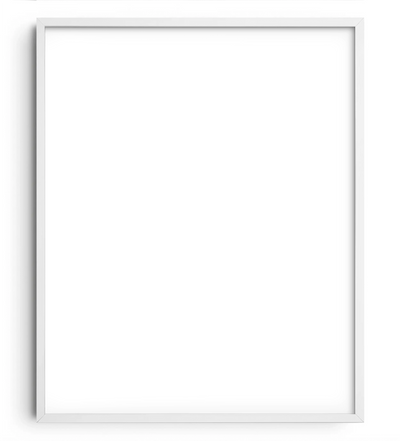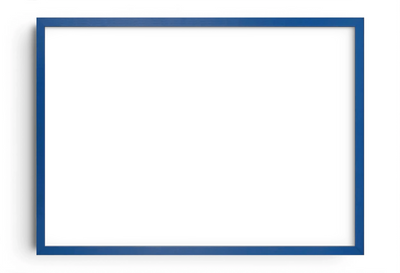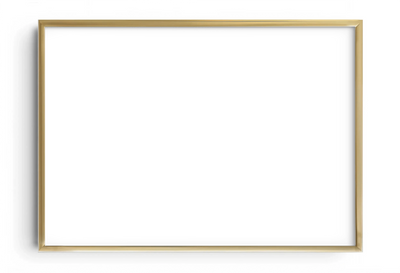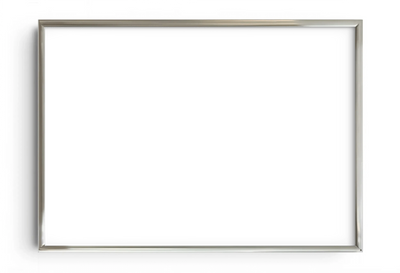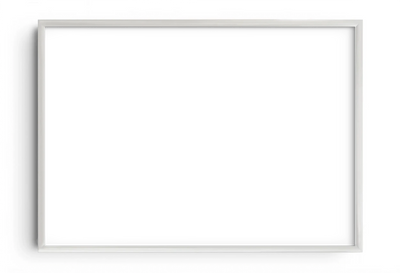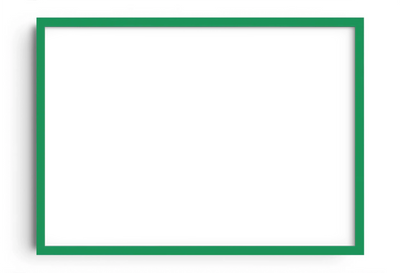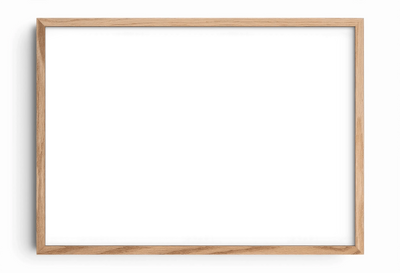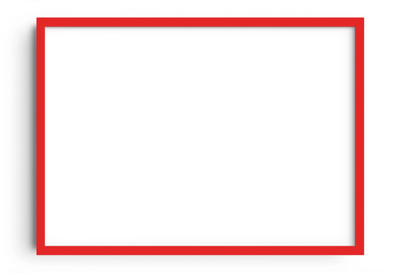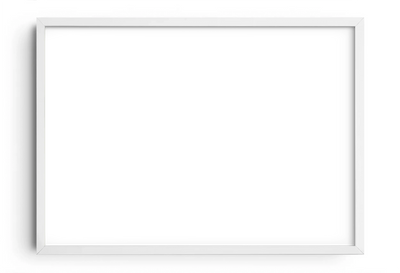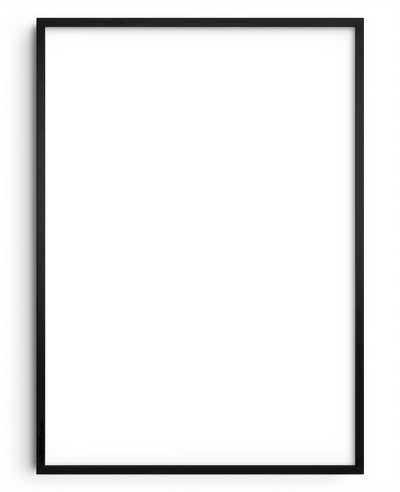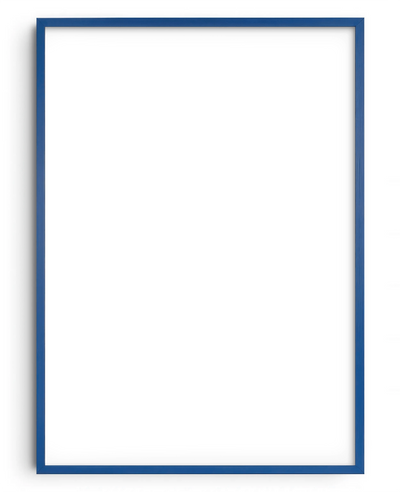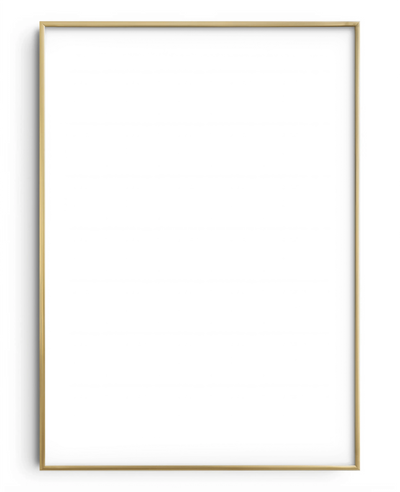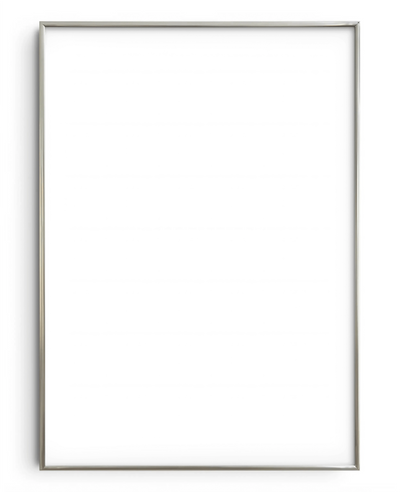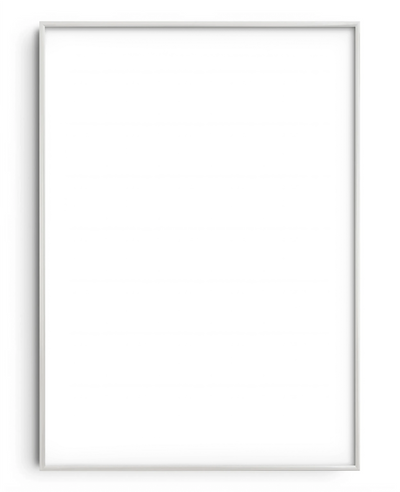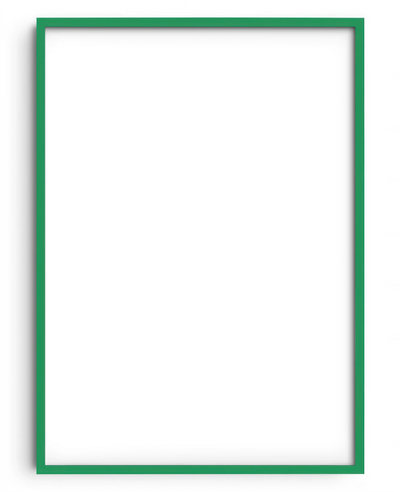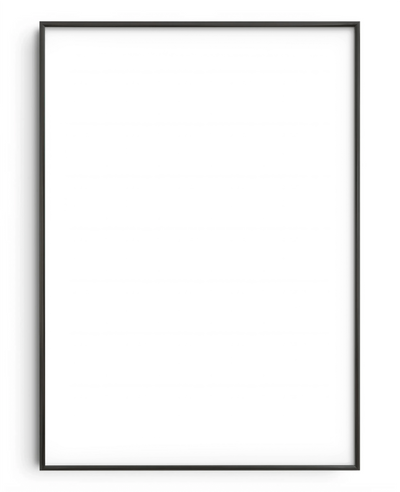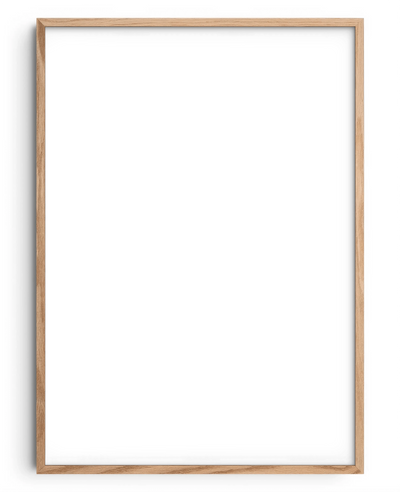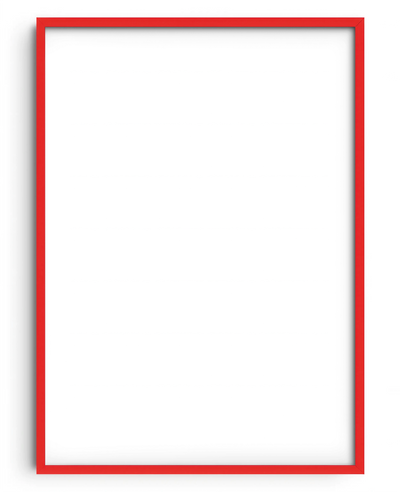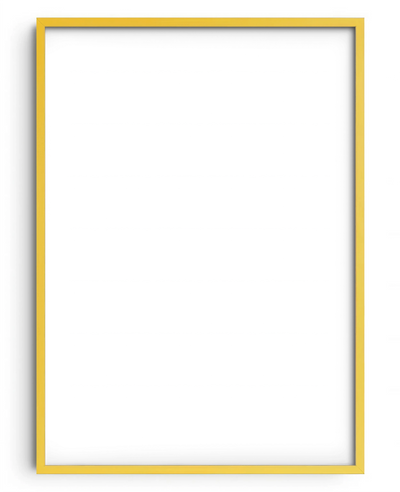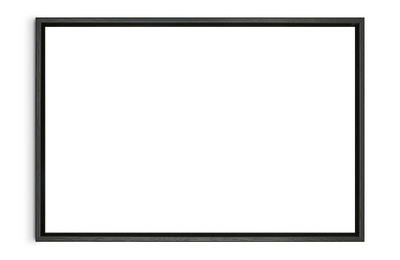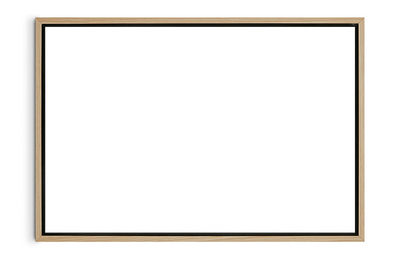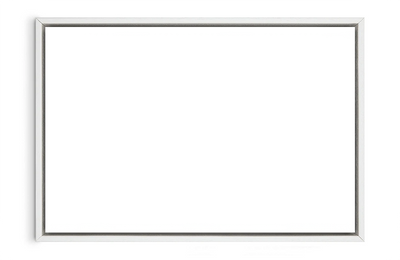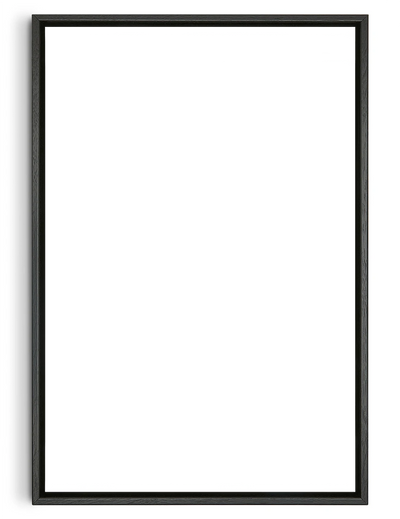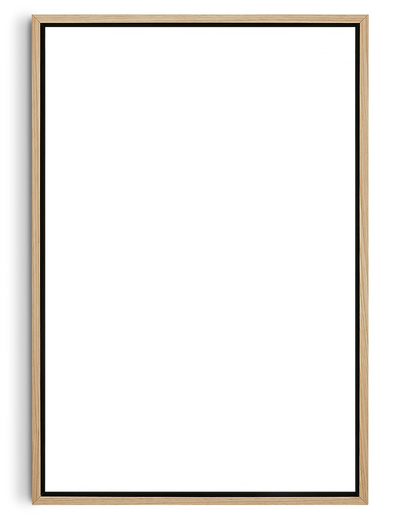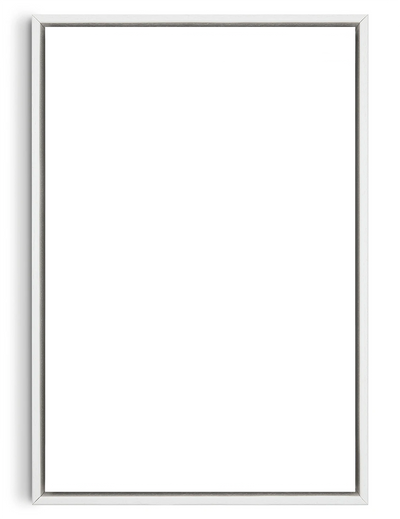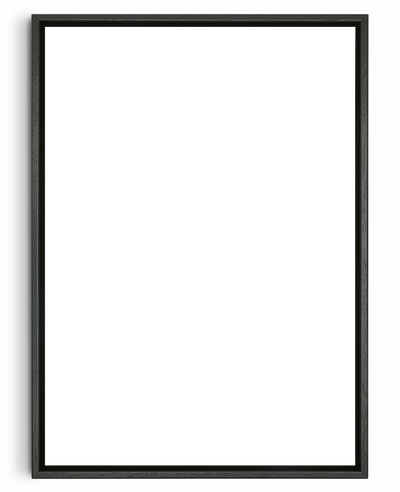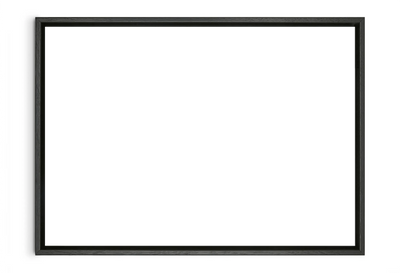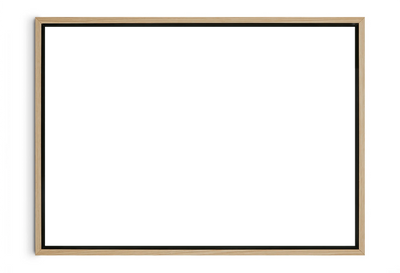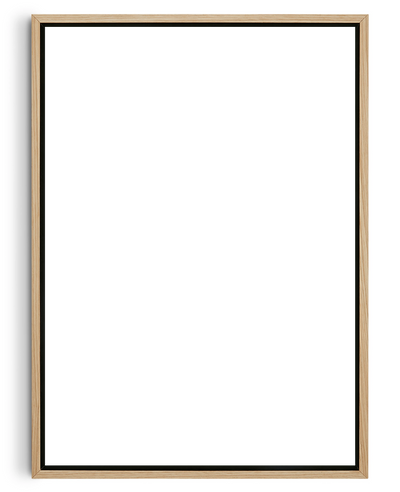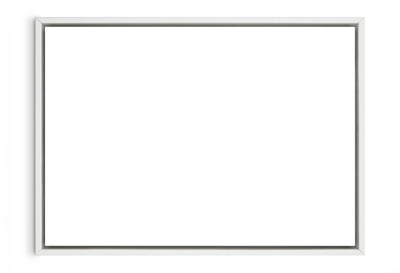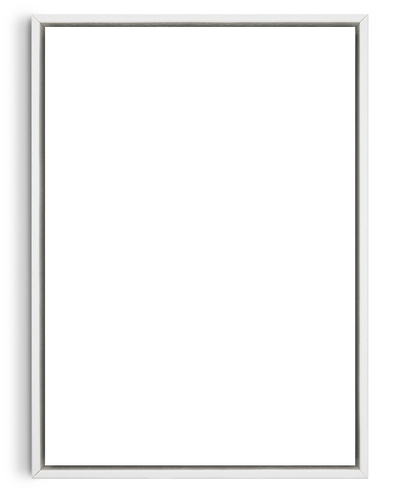


In this guide, we’ll break down the following topics:
Topic 1
Where to hang a gallery wall
Luckily you don’t need to live in a massive warehouse conversion to display an awesome gallery wall. A gallery wall can look great in small spaces too. When a small apartment has a gallery wall it brings so much more interest and depth to the space. In this situation, you may not have one large wall, if so you can get creative and hang artwork around windows, up and over doors, above your bed and above a fireplace. Or one place we love to see is the cabinets in the kitchen as we feel this is often neglected space. But typically, gallery walls are most often found in hallways and above living room sofas, as you’ve often got lots of room to work with
Colour plays a huge role in this and can have a passive, active or neutral effect on your mood and feeling within a space, so you’ll then want to take your findings from above and build this out in the next step

Topic 2
The best gallery wall layout ideas
When designing and building a gallery wall you have endless options. Here’s a breakdown of our favourite types:

The minimalist gallery wall
Minimalist gallery walls are clean and simple and are great ways to apply peace and calm to a space. They draw attention to a single accent piece or a complementary pair of posters
Tips for creating the perfect minimalist layout
Number of Prints: Use a smaller number of prints – a perfect pair or trio
White Space: For a clean, minimal look, choose prints with a larger area of white or “negative” space
Colour: Try using a subdued or even monochrome colour palette – with such a limited number of prints, colour clashes will be quite visible. Using only black and white prints can be both elegant and dramatic

The grid gallery wall
Easy and timeless, the grid gallery wall is a perfect standalone center piece for any room. A classic grid layout is the ideal layout to show of a series of prints or photographs of the same type
Tips for creating the perfect grid layout
Print Type: Find a series of prints or photos that carry equal weight – botanical herbs, Instagram photos, etc
White Space: Use more white space if the colour palettes are not complementary – the white space will act as a buffer between images
Framing: Use the same frame to avoid one print standing out from the rest
Tips for creating the perfect grid variations (centrepiece & mondrian)
Number of Prints: Choose 1-3 prints that you love and want to be the focus of the gallery wall arrangement. Add in a few more smaller prints (8×10 or smaller) that relate to the focal print in either colour palette or subject
Colour: You can use the colour palette of the focal art prints to create a cohesive layout. Or, like in the example above, the colourful prints on either side of the main print brighten up the overall black/white graphic theme
Theme: This layout is perfect for any themed gallery walls like this one above, featuring a travel-related theme! Mixing together prints of different sizes is perfect for creating a sense of hierarchy

The axis gallery wall
The axis gallery wall styles start to break away from a strict grid. But, you can intentionally align the prints to create cleaner lines and to highlight a specific feature of your room
Since this style isn’t symmetrical, it’s more dynamic and can create a sense of movement around the room
Tips for creating the perfect axis layout
Features: This layout is all about context, so look at the space in which you want to hang the wall. Are there any features you want to emphasise? For example, the bottom edges of the prints in a gallery wall can be aligned in order to highlight the living room sofa, crib, or wall details
Colour: Like the grid gallery wall, you can choose a colour palette based on the larger art prints that are the focus of the gallery
Composition: Juxtapose simpler, more minimalist prints with busier prints

The eclectic gallery wall
This layout is a beautiful and functional way to display many different keepsakes, photos, and prints. With this salon style display, you can play with an endless combination of colour palettes, frames, and themes
Tips for creating the perfect eclectic layout
Spacing: Modern gallery walls generally feature a smaller amount of space between prints – around 2-4″ would be ideal
Modern vs Vintage: If you want to incorporate old family photos or other vintage items – and would like an overall vintage vibe to your gallery wall – you can use smaller prints with wider spacing in-between
Colour: While you can experiment with a wider colour range with more prints, it can be more effective to stay within a certain range – for example, primarily pastel prints, jewel tones, etc
FRAMING TIP: Once you’ve got enough artworks to form a gallery wall, you’ll obviously need to frame them. Framing your artworks not only protect them, but they literally showcase them. So you want frames that not only look good but provide suitable protective properties. Important things to look for include UV protecting and acid free materials. All the frames we sell at DROOL meet these standards, but you’ll want to be careful of cheaper frames as it’s likely they won’t
Topic 3
Picking a colour scheme and vibe
In the same way that you would design an overall room, you want to think about the vibe and the colours for a gallery wall. Is your style modern and clean? Eclectic? Bold and expressive?
Modern or clean:
Try minimal artworks or black and white pieces. Then stick to frames of all the same shape, colour, and size with contemporary art or black and white photographs. But, try to stay away from too much of a “theme”. It starts to feel too clinical when there’s a solid theme to a gallery wall
Maximalism or eclectic:
Try to mix up the frame sizes and artwork styles with different orientations sprinkled in
Topic 4
Framing a whole gallery wall
When framing artworks there’s two main factors to consider:
Whether you want your frames to blend in or contrast with the wall, or if you want them to stand out in their own right
Choose whether you want all the frames to be the same, or if you want to have colour variations
For example, white or neutral frame is great if a space has a scandi-style space, whereas black picture frames are more often used for contemporary or industrial styles rooms
Topic 5
Design your gallery wall
When buying art online it can be hard sometimes to visualise how each artwork will not only look as a collective, but what frame will look best against each artwork. This is where you need to moodboard or visualise the complete gallery wall to see how each piece looks independently and as a complete wall of art within your home. Luckily for you, we’ve designed a Gallery Wall Builder tool that does exactly this. You can add a photo of your interior and drag and drop each artworks you want into a gallery wall layout to see exactly how it all comes together

Start designing your gallery wall
Step 1: Take a step back – Start by identifying the perfect wall. Then take down anything hanging on the wall so you have a clear space to work with
Step 2: Design your layout – jump on our Gallery Wall Creator tool to design and place the ideal gallery wall setup. Odd groups of artworks (like 3 or 5) are a great starting point or you can use the pre-made templates to get you started
Step 3: Spacing – keep the spacing between the pieces somewhat consistent will create a more pulled together look, whereas having inconsistencies can work great if you have a more maximalism decor style throughout the rest of your house. If you opt for consistency, spacing of 1-3″ between each artwork is a good rule of thumb
Step 4: Time to hang – once you’ve brought all your artworks and frames it’s time to hang. It’s best to do it properly, so use a spirit level to ensure everything is straight and perfectly aligned. The points above about layout and spacing can seem small in the moment, but once you start hanging you’ll realise they play an essential role in the end look, so don’t overlook these
TIP: As you get more familiar with building gallery walls, move away from linear and grid layouts in favour of more scattered and creative arrangements (but ensure they are still balanced). If you’re feeling really adventurous you can try some more complex gallery wall positions, like up the stairs or wrapping a room corner

